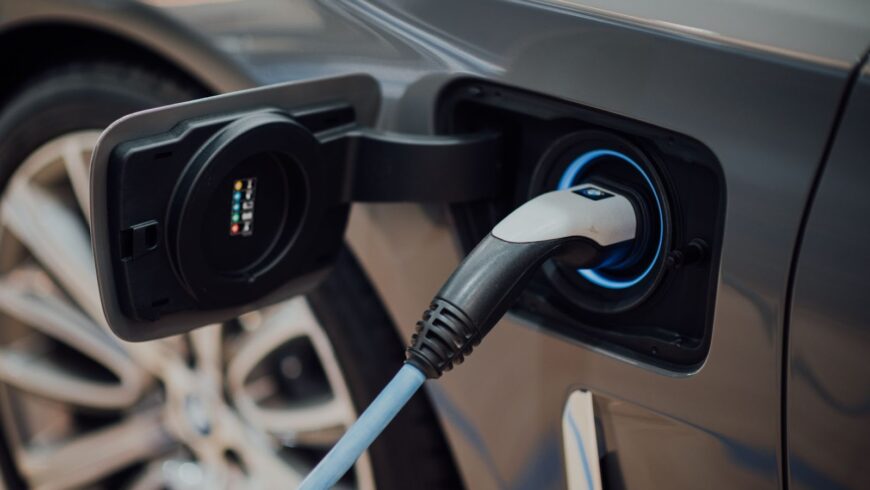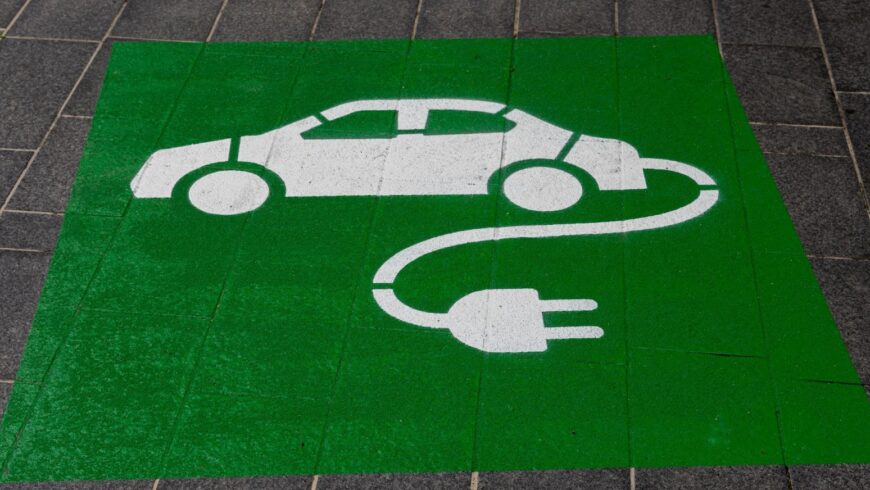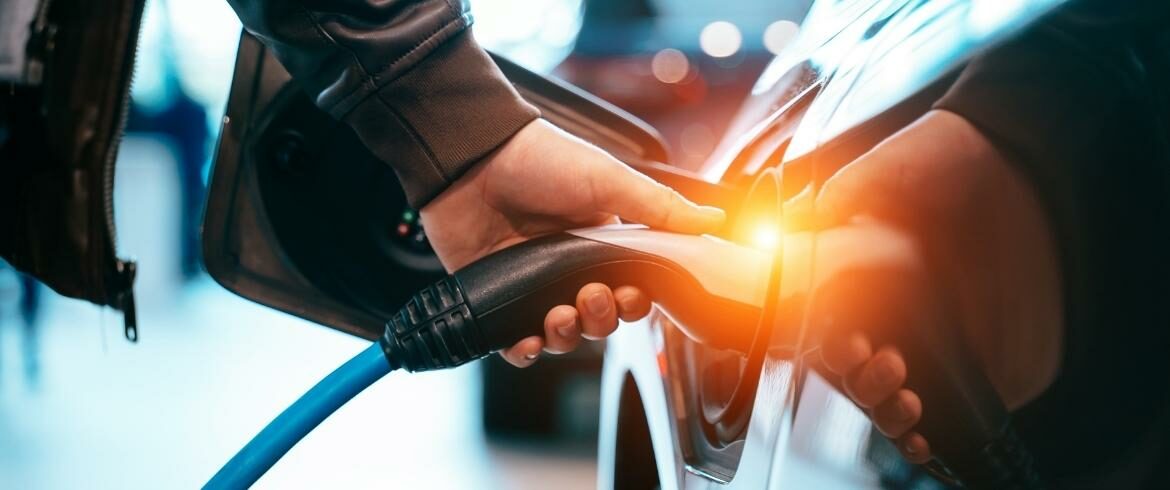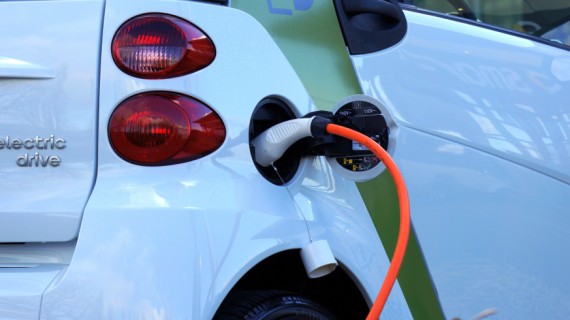With the UK Government’s plans to end the sale of new petrol and diesel cars by 2030, eco-friendly models are expected to gain even more popularity in the coming decade. However, purchasing a new car is a decision that should not be taken lightly. There are several factors to consider, especially when transitioning from a combustion engine to a hybrid or electric model.
In addition to the purchase price, insurance premiums, and taxes, running costs are a critical aspect to take into account. There are indeed numerous advantages to owning an electric vehicle, but what about electric car maintenance? Which parts are more prone to failure? Does electric car maintenance cost more compared to standard vehicles? Here’s a comprehensive guide to everything you need to know.

Basic EV Items to Maintain
Battery Maintenance
The National Renewable Energy Laboratory (NREL) of the United States predicts that the service lives of today’s EV batteries will range from 12 to 15 years in moderate climates and decrease to 8 to 12 years in extreme environments with regular use. However, maintaining these batteries throughout their lifespan requires minimal effort. However, drivers can take several measures to prolong the lifespan of their EV’s battery pack.
Here are some ways to increase car battery life:
- Avoid extreme temperatures. Batteries are highly sensitive to extreme temperatures, whether hot or cold. EV manufacturers take this into account during development, equipping their vehicles with auxiliary cooling and heating systems to maintain the battery temperature within acceptable limits.
- Use fast charging only when necessary. While fast chargers offer convenient rapid recharging, they can accelerate battery degradation compared to slower 120- or 240-volt charging. However, the exact impact of fast charging on battery life is still uncertain in these early days of modern EVs.
- Do not charge the battery to 100% or completely discharge it. Batteries degrade more rapidly when they are charged to full capacity or completely depleted. On the positive side, many manufacturers have implemented measures to prevent full-capacity charging as a means to combat battery degradation. Most vehicles have settings that allow charging to a level lower than 100 percent, and many automakers recommend charging to 85 or 90 percent for daily use.
Tires
Electric cars continue to rely on tires, and in certain instances, they can consume rubber at a quicker rate compared to their gas-powered counterparts. The instant torque generated by an EV motor may prompt some drivers to press the accelerator aggressively, resulting in accelerated tire wear due to sudden acceleration. Even responsible drivers must remember to regularly rotate their tires, just like in conventional vehicles.
Although electric cars are cheaper to maintain, the costs are still significant. But you can save money if you order goods from abroad. However, for this, you need to change the location on your iPhone to unblock foreign sites. With VeePN you can open sites where your local sellers buy from. Of course, you should trust only well-known sellers so as not to fall for a fake. Through tax incentives and local policies, you can save up to 30% on the costs of parts and consumables.

Cooling System and Wiper Fluid
EVs that rely on coolant or similar substances may require periodic flushing or recharging of the system. The owner’s manuals for the Ford Mustang Mach-E and F-150 Lightning recommend inspecting the cooling system hoses, as well as the level and strength of the cooling system, every six months. Similarly, the Porsche Taycan owner’s manual suggests checking coolant levels during routine servicing of the vehicle.
Regardless of your car’s power source, regular refilling of the windshield washer fluid is necessary. The same applies to replacing the windshield wipers.
Suspension
Over time, normal driving can cause damage and wear to the suspension systems of both electric and gas vehicles, leading to eventual repair or replacement.
Brakes
EVs generally use their brakes less frequently compared to ICE cars. This is because a substantial portion of deceleration is achieved through regenerative braking, which leverages the motors instead of the typical discs and pads. This process also helps in replenishing kinetic energy back into the battery. As a result, many EV drivers tend to adopt the one-pedal driving technique, which allows them to bring the vehicle to a complete stop without needing to use the brake pedal.
When it comes to ICE cars, brake pads usually last between 30,000 and 70,000 miles, while brake discs generally have a longer lifespan compared to the pads. However, with EVs efficient regenerative braking, the wear and tear on brake pads and discs are significantly reduced. Nevertheless, they would still need to be replaced periodically. Cleevely, from his garage, notes that they often encounter brakes seizing before they see them wearing out.
Conclusion
Electric car maintenance costs are generally lower compared to diesel or petrol models. In a recent study by Cap HPI, it was found that EVs have an average service and maintenance cost that is 23% lower. This is due to the reduced number of moving parts, resulting in reduced work and consequently lower bills for vehicle owners like yourself!
Cover image: Photo via Canva PRO




